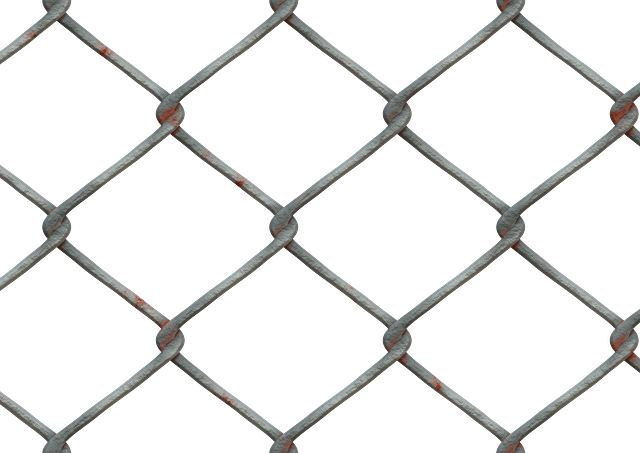In New Bedford, a well-maintained fence not only enhances the aesthetic appeal of your property but also provides security and privacy. However, ensuring the longevity and functionality of your fence requires understanding common issues and implementing effective maintenance practices. This article guides you through the process of repairing and installing fences in New Bedford, from identifying fence needs and choosing suitable materials to installation best practices and essential maintenance tips. By following these steps, you can have a robust and visually appealing fence that stands the test of time.
- Understanding Fence Needs: Common Issues in New Bedford
- Choosing the Right Fence: Materials and Styles for Your Property
- Installation Process: Step-by-Step Guide for a Solid Fence
- Maintenance Tips: Ensuring Longevity of Your New Fence
Understanding Fence Needs: Common Issues in New Bedford
In New Bedford, understanding your fence’s needs is crucial due to the region’s diverse climate and varied terrain. The area experiences all four seasons, with cold winters and hot, humid summers, which can take a toll on outdoor structures like fences. Common issues include rot and decay caused by high moisture levels, particularly in wooden fences. Frost heaving, where ground movements push against fence posts, are another frequent problem, especially in areas with frozen soil. Additionally, strong winds from nearby coastal regions can lead to damage or dislodging of fences, underlining the need for robust repairs and installations that can withstand these challenges.
Choosing the Right Fence: Materials and Styles for Your Property
When considering fence repair or installation, selecting the right material and style is crucial to enhance your property’s aesthetics and security. New Bedford offers a diverse range of options tailored to suit different tastes and requirements. Wood remains a popular choice for its natural beauty and versatility; from classic cedar to durable pressure-treated varieties, each exudes charm and can be stained or painted to match your desired color palette.
Alternatively, vinyl fences are low-maintenance and cost-effective, available in various colors and styles, from traditional picket fences to sleek, modern designs. For a more contemporary look, metal fencing provides security with its robust construction and can be crafted into artistic patterns or kept simple for a minimalist appeal. Consider your climate, budget, and personal style when making this decision to ensure the longevity and visual appeal of your new fence.
Installation Process: Step-by-Step Guide for a Solid Fence
The fence installation process begins with meticulous planning and preparation. It’s crucial to survey your property, assessing the layout and identifying any challenges or unique features. Choose a suitable fence style and material that aligns with your aesthetic preferences and budget. Obtain necessary permits, ensuring compliance with local regulations. Mark out the perimeter of your desired fence line accurately. Dig holes for posts, considering depth and spacing requirements for structural integrity. Place concrete in the holes, allowing it to set firmly. Set up the fence panels or rails, securing them to the posts using brackets or nails. Ensure all connections are tight and secure. Fill any gaps with appropriate sealing material to protect against weather damage. Finally, trim and paint the fence as desired, enhancing its durability and visual appeal.
Maintenance Tips: Ensuring Longevity of Your New Fence
Regular maintenance is key to extending the life of your new fence and keeping it looking its best. A simple cleaning routine can prevent buildup of dirt, moss, or algae, which may cause damage over time. Use a pressure washer or a soft-bristled brush and mild soap to thoroughly clean the fence at least once a year.
Additionally, inspect your fence for any signs of wear, such as loose or damaged boards, rusted hardware, or cracks in the posts. Promptly repairing these issues will prevent further damage and ensure the structural integrity of your fence. Keep an eye out for invasive plants or vines that may start to grow on or over the fence, as they can weaken the material and compromise its appearance. Regular trimming is essential to maintain a neat and orderly fence line.
